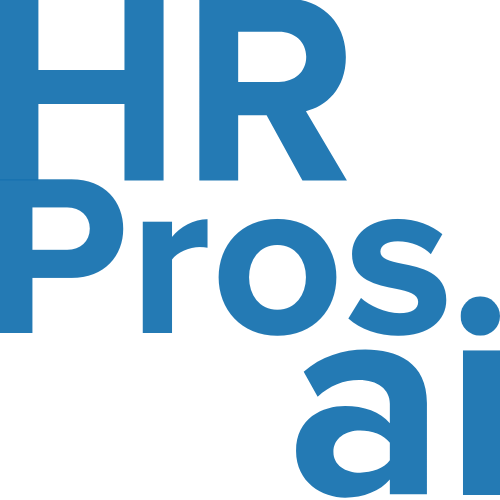Navigating HR’s Gray Areas: When Policy Meets Practice
HR professionals often find themselves navigating tricky gray areas where policies aren’t black-and-white. Can you relate? As Patty McCord, former Chief Talent Officer at Netflix, said, “The best HR is not about policing people; it’s about enabling them to do their best work.”
Scenario 1: Flexible work arrangements
In 2023, 80% of employees preferred hybrid work arrangements, yet only 53% of companies offered them. Compromise by introducing pilot programs that assess productivity and employee satisfaction.
Scenario 2: Addressing performance sssues
A high-performing employee underperforms after experiencing burnout. Instead of immediate action, consider implementing an Employee Assistance Program (EAP), which studies show can improve workplace morale by 65%.
Scenario 3: Cultural sensitivity in policies
Policies should reflect inclusivity. For example, Google revamped its parental leave policy in 2022 to accommodate diverse family structures, resulting in a 27% reduction in new parent attrition.
Takeaway:
Navigating gray areas requires balancing policy with empathy. Approach challenges with fairness and creativity to build trust and inclusivity.

